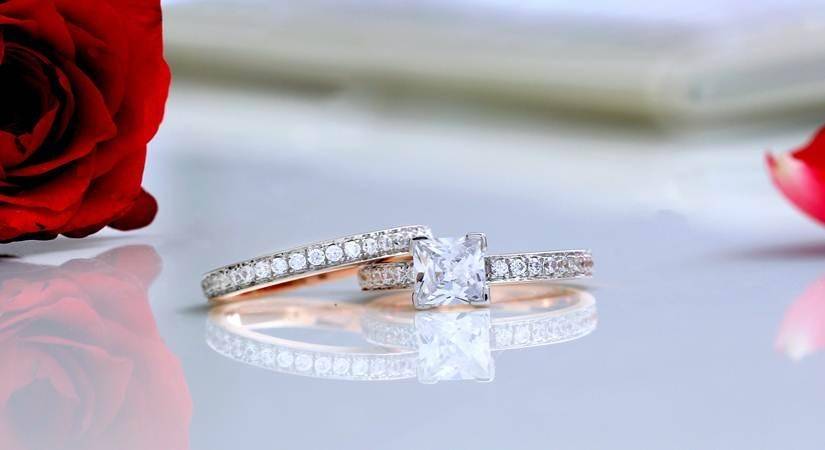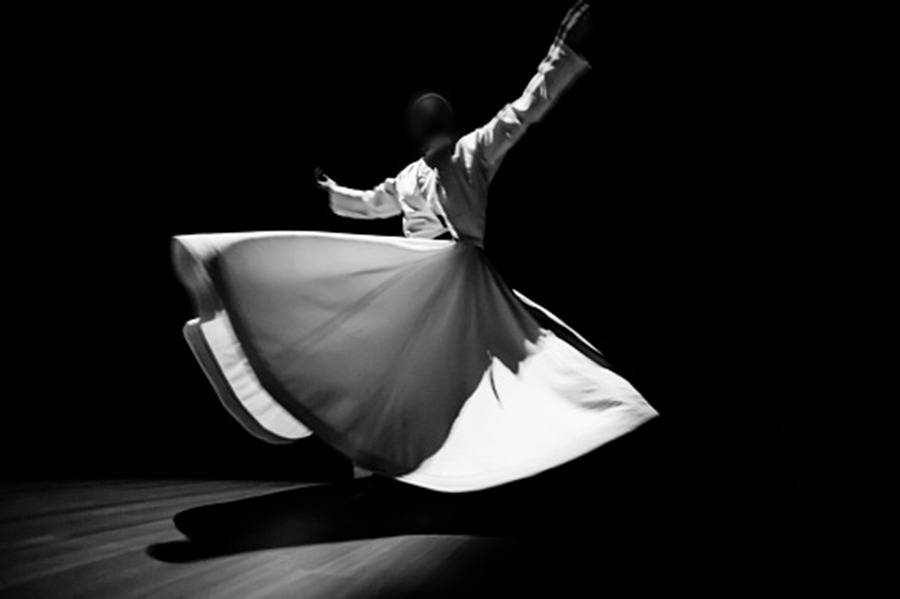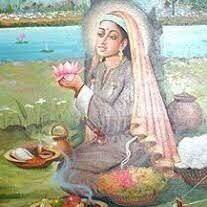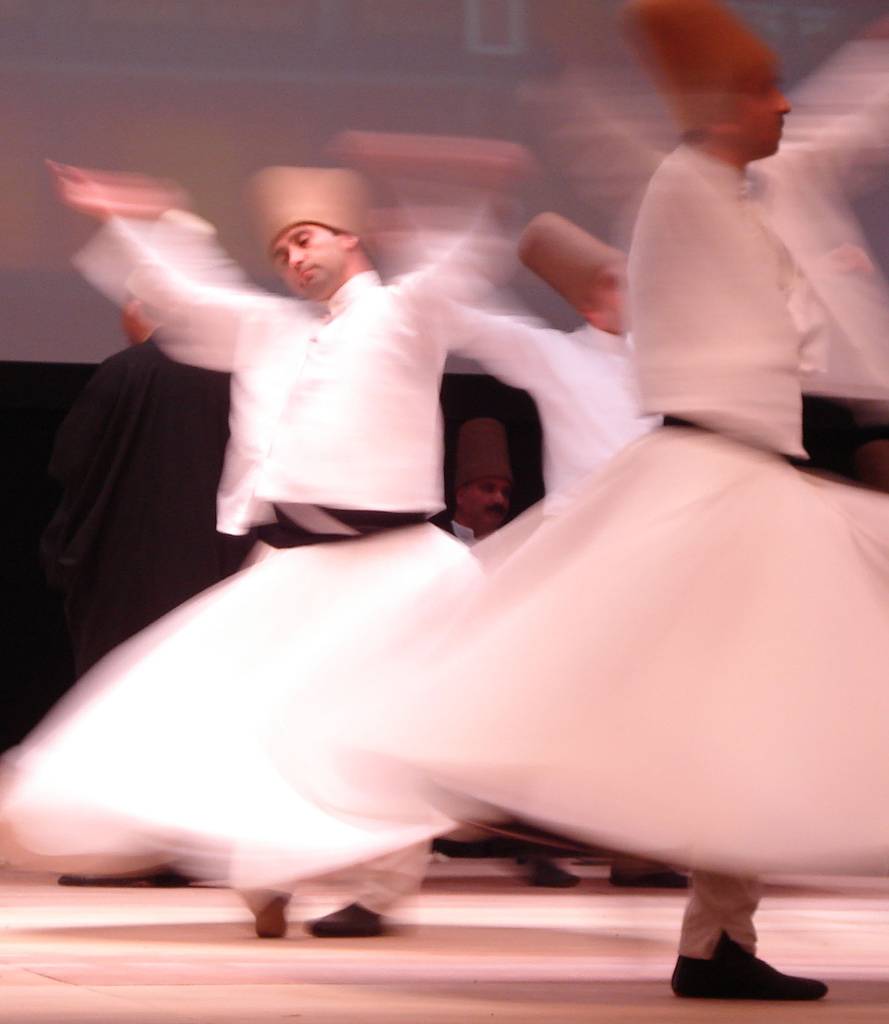The purchaser of a lab-grown diamond does not sacrifice the diamond’s quality or appearance in exchange for a more environmentally friendly product at a lower cost. Nothing is a better deal than that…writes Surya Jain
The dazzling rise of lab-grown diamonds is certain to entice millennials to abandon conventionally mined diamonds. The big question here is why the shift occurred. What’s the big deal? There is a lot of uncertainty surrounding the authenticity of a lab-grown diamond in terms of its origin and development. Lab-grown diamonds are created in a lab using cutting-edge technology by replicating the same technology as a mined diamond, and then your stunning lab-grown diamond is created.
The technological advances that have led to the creation of lab-grown diamonds have been spectacular in recent years. This has allowed lab-grown diamond entities to produce high-quality diamonds at a low cost. For a variety of environmental and humanitarian reasons, lab-grown diamonds are rapidly gaining popularity among millennials and Gen-Z. According to recent research, 70 percent of millennial-aged consumers prefer lab-grown diamonds for ceremonies and celebrations. Millennials are seen making deliberate efforts to support brands that stand for a cause and are morally just.
Lab-grown diamonds are not synthetic or artificial, but rather as genuine and pure as natural diamonds. CVD diamonds are available in an exquisite range of colours and designs, making them an illustrious and enticing choice. So, can we safely twist the adage, “A lab-grown diamond is a woman’s best friend?” The younger generation wishes to free itself from the shackles of misery associated with the sourcing and mining of traditional diamonds. It is not a secret that the world’s largest corporations engage in practises that exploit communities, workers, and children. The paradox is that diamond miners, who extract the most precious stone from the earth’s shackles, are among the poorest people on the planet.
Isn’t that reason enough to source your diamonds from a cruelty-free and sustainable source? Because lab-grown diamonds are created in a controlled environment, they have higher purity and quality and fewer defects. Lab-grown diamonds are environmentally friendly, pure, and inexpensive, and most retailers offer a lifetime buyback and exchange policy. The beauty of the younger generation is that they are interested in the journey and process of what they consume. The growing demand for lab-grown diamonds is also due to the fact that acquiring lab-grown diamonds is free of human rights violations. When compared to their counterparts, lab-grown diamonds are more affordable and cost-effective.
Lab-grown coloured diamonds can be purchased for a fraction of the price of a naturally coloured diamond, and what’s more, they appear brighter. Many celebrities are flaunting and promoting synthetic diamonds, which will undoubtedly fuel the trend of lab-grown diamonds among millennials. A lab-grown diamond is aesthetically produced in a variety of shapes, assortments, and colours, which adds to the precious stone’s elegance and aura.
Making environmentally conscious decisions was not popular a few years ago, but it’s endearing that Gen Z has pioneered by consciously making sustainable choices. As a result, it is not surprising that the diamond industry is rapidly evolving and that the demand for diamonds may undergo significant changes. Almost all retailers now sell lab-grown diamonds, and many high-end brands will do so soon. Natural diamond prices have risen due to a lack of supply, high promotion and maintenance costs, and an increase in gold prices, prompting consumers to seek out eco-friendly and fashionable jewellery.
Lab-grown diamonds fit the bill because they are extremely affordable gemstones with exquisite and stylish collections. Large conglomerates such as Pandora, Signet Jewels, Titan Company, and DeBeers have already entered this market. It’s also encouraging to see startups like Opulent succeeding solely in the lab-grown segment and carving out a niche with their stylish and bespoke designs. Future consumption of lab-grown diamonds has increased by 55-60% over last year’s sales and will continue to rise. Furthermore, the coloured lab-grown market is expected to expand at a CAGR of 10.2 percent.
The purchaser of a lab-grown diamond does not sacrifice the diamond’s quality or appearance in exchange for a more environmentally friendly product at a lower cost. Nothing is a better deal than that. According to a recent Forbes study, consumer awareness of environmental and social responsibility has resulted in a significant decline in demand for natural diamonds. The shift in mindset is most noticeable among millennials and Gen-Z consumers, who have aided the growth of the lab-grown industry.
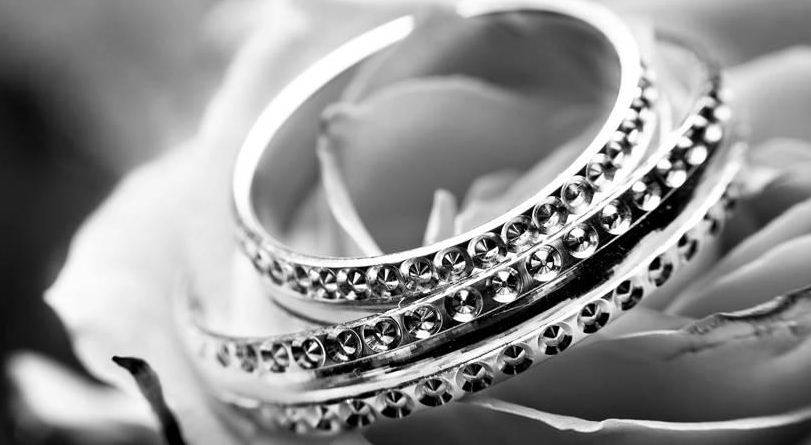
This new-age diamond’s low price, transparency, sustainability, affordability, and appearance will all play a significant role in its increased demand. From April 2021 to January 2022, India saw an increase in lab-grown diamond exports, exporting $1.05 billion in polished lab-grown diamonds. People do not buy diamonds for their monetary value, but rather for emotional reasons. Diamonds are appropriate for any occasion, and the emotional value of purchasing a diamond should not be underestimated. The motivation for purchasing a diamond reflects the beauty and promises timeless bounds, and when emotions are involved, little else matters.
ALSO READ-Lenskart joins fashion world in collaboration with JJ Valaya
